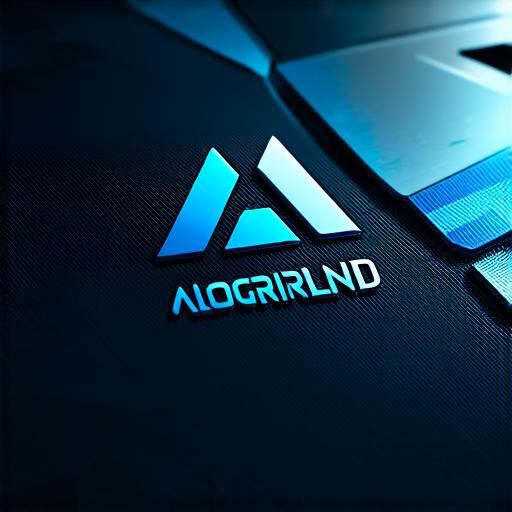Blockchain technology has been around for over a decade now, and it has shown immense potential in various industries. However, there are several challenges that blockchain networks face, such as scalability, security, and interoperability. This trilemma has hindered the widespread adoption of blockchain technology, but Algorand is here to solve this challenge.
The Blockchain Trilemma: An Overview
Before diving into how Algorand solves the blockchain trilemma, let’s first understand what it entails. The blockchain trilemma is a set of three challenges that every blockchain network faces, and they are as follows:
- Scalability: Blockchain networks must be able to handle an increasing number of transactions without compromising on the performance and security of the network.
- Security: Blockchain networks must be secure against malicious actors, such as hackers, who seek to compromise the integrity of the network and steal user data.
- Interoperability: Blockchain networks must be able to communicate with each other seamlessly to enable cross-chain applications and services.
Algorand’s Solution to the Blockchain Trilemma
Now that we have an understanding of the blockchain trilemma, let’s explore how Algorand addresses these challenges.
1. Scalability:
Algorand is designed to be highly scalable from the ground up. It utilizes a unique architecture known as the Directed Acyclic Graph (DAG), which allows it to handle an increasing number of transactions without compromising on performance and security. The DAG also enables Algorand to achieve a throughput of over 1,000 transactions per second (TPS) with only one node, making it highly scalable.
2. Security:
Algorand utilizes a novel consensus mechanism known as “Pure Proof-of-Stake” (PPoS), which is highly secure and resistant to attacks. In PPoS, nodes are selected based on their stake in the network rather than their computational power. This eliminates the need for expensive and energy-intensive mining, making Algorand more eco-friendly and accessible.

3. Interoperability:
Algorand is designed to be interoperable with other blockchains from day one. It uses a standardized protocol known as “the Algorand Protocol Suite” that allows it to communicate seamlessly with other blockchains. This makes it easy for developers to build cross-chain applications and services, enabling them to leverage the strengths of different blockchain networks.
Case Studies: Real-Life Applications of Algorand
Now that we have discussed how Algorand addresses the blockchain trilemma let’s explore some real-life applications of this platform.
1. DeFi Applications:
Decentralized finance (DeFi) is an emerging industry that has gained significant traction in recent years. DeFi applications are built on blockchain platforms and enable users to access financial services such as lending, borrowing, and trading without intermediaries. Algorand has been used to build several DeFi applications, such as “Stablecoin Swap Exchange,” which allows users to trade stablecoins (cryptocurrencies that are pegged to fiat currencies) seamlessly.
2. Supply Chain Management:
The supply chain industry is one of the most complex and fragmented industries in the world. Blockchain technology has the potential to revolutionize this industry by enabling better transparency, traceability, and efficiency.
